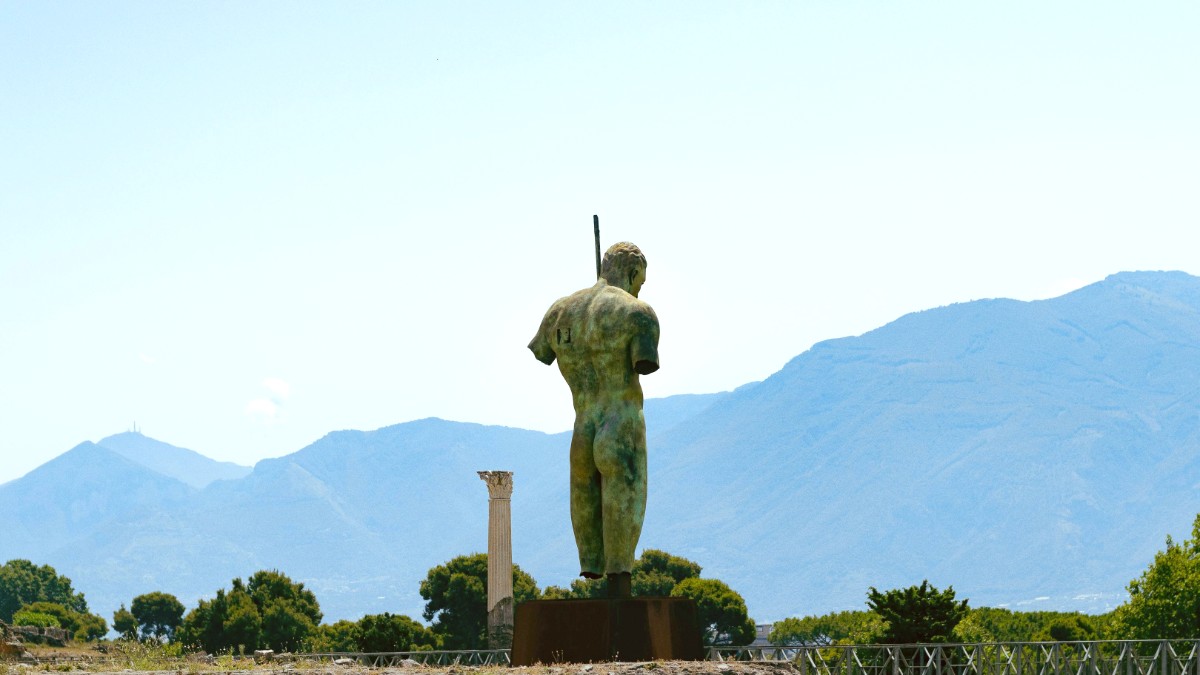
Campania, Italy
The region around Pompeii offers natural landscapes ripe for active exploration, especially around Mount Vesuvius.
The hike to the crater from the bus drop-off point is generally moderate, involving an uphill walk on a gravel path. It takes approximately 20-30 minutes one way.
Visitors follow a designated path to the crater rim, where local guides (often volcanologists) provide information. Book a Vesuvius tour.
From the crater, panoramic views of the Bay of Naples, including Pompeii, Naples, and the islands, are spectacular. A light backpack is suitable for essentials.
Stay well-hydrated, especially during summer and while hiking. Carry ample water with you.
Deepen your understanding of Pompeii and Italian culture through various immersive experiences.
Check local listings for traditional Italian opera, music concerts, or folk performances in Naples or Sorrento.
Support local businesses directly, like family-run B&Bs, local trattorias, and artisan shops.
Learning a few basic Italian phrases is a simple but effective way to immerse yourself and show respect.
Check local calendars for seasonal food festivals ("sagre") or religious celebrations. These provide unique opportunities to witness local traditions and enjoy regional specialties.
For spa and wellness experiences, look to coastal towns and islands like Sorrento and Ischia, known for thermal spas and resorts.
Modern Pompei is quieter. Naples offers a diverse music scene, historic theaters (Teatro di San Carlo), nightclubs, and lively bar districts like Chiaia.
Pompeii is mainly an archaeological site, not a wellness destination. For relaxation, explore coastal towns and islands.
Ischia is famous for its natural hot springs, offering thermal parks where visitors can bathe in mineral-rich waters.
During summer, coastal areas near Naples or on the islands offer beach clubs where you can relax by the sea or pool.
Seek out quieter coves or less crowded beaches for a peaceful retreat.
Naples has a diverse music scene and historic theaters like Teatro di San Carlo for opera and ballet.
Naples offers nightclubs and lively bar districts, especially in the historic center and Chiaia.
Many restaurants in Naples serve dinner until late, and cafes remain open for an evening espresso or digestivo.
Shopping in the Pompeii region offers opportunities to purchase local crafts, food products, and souvenirs.
Choose reputable vendors for good quality reproductions of Pompeian art or artifacts. Books about Pompeii and Roman history are also great.
Limoncello (from Sorrento), local olive oil, regional wines (Lacryma Christi, Falanghina), dried pasta from Gragnano, and local cheeses are excellent choices. An Insulated wine tote helps transport bottles safely.
Naples is historically known for coral craftsmanship. Nativity scene figurines, especially from Via San Gregorio Armeno in Naples, are unique.
Non-EU residents can claim VAT refunds on eligible purchases. Keep receipts and fill out necessary forms at the airport.